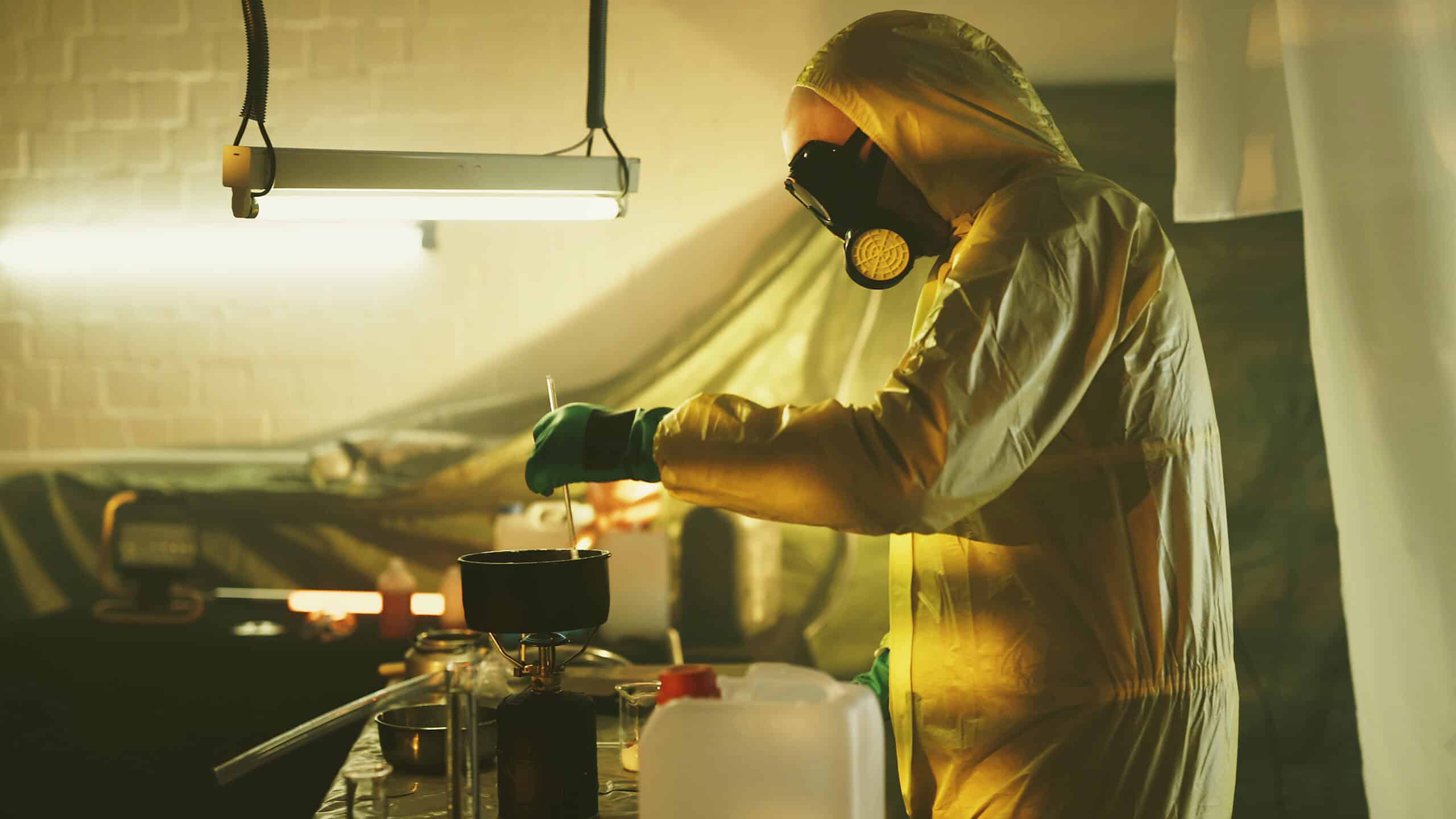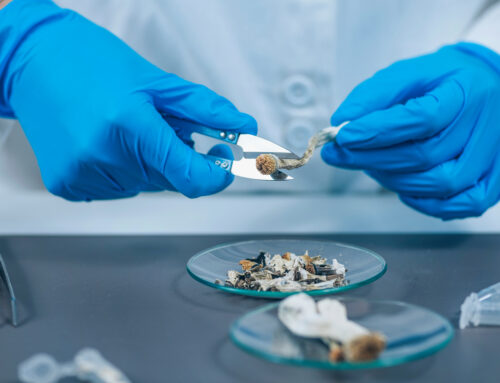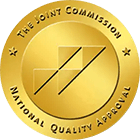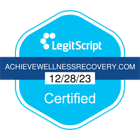The Alarming Rise of Dangerous New Drugs
What if the pills you think are safe are secretly made in a basement by someone with no formal chemistry training? The rise of dangerous new drugs—crafted by unqualified individuals—is putting lives at risk worldwide. These substances, including novel chemicals, designer drugs, and fentanyl analogs, are flooding the market and outpacing drug enforcement efforts. Understanding the risks of these illicit creations and how they impact public health is critical.
In this article, we’ll uncover how amateur chemists are creating these dangerous substances, explore the threats they pose, and share actionable steps to protect yourself and your loved ones.
What Are Novel Chemicals and Designer Drugs?
Novel chemicals, often called New Psychoactive Substances (NPS), are synthetic compounds designed to mimic the effects of existing drugs like opioids, stimulants, and hallucinogens. Unlike traditional substances, NPS often bypass regulations because of their slightly altered chemical structures.
Designer drugs, a subset of NPS, are crafted to enhance potency or evade detection by law enforcement. While the intention may be to skirt legal restrictions, these alterations frequently increase the toxicity of the substances, leading to devastating consequences.
Common examples of these substances include:
- Synthetic cannabinoids (“Spice” or “K2”)
- Bath salts (synthetic cathinones)
- Fentanyl analogs (e.g., carfentanil, a substance 100 times stronger than fentanyl)
The Dangerous Role of Unqualified Chemists
Many of these drugs are not developed in professional laboratories but in makeshift setups by individuals with little to no formal training. These amateur chemists rely on online guides, purchased chemical precursors, and trial-and-error experiments.
This lack of expertise creates multiple risks:
- Impure Substances: Without proper equipment or knowledge, these drugs are often contaminated with harmful byproducts.
- Unpredictable Potency: Even slight miscalculations in synthesis can lead to extreme variability in drug strength, increasing the likelihood of overdoses.
- Rapid Evolution: Chemists alter molecular structures to stay ahead of regulation, making detection and control nearly impossible.
A startling example: Fentanyl analogs are often synthesized in unregulated facilities, resulting in substances far more potent and deadly than the original. Carfentanil, for instance, is so potent that just a few grains can be lethal.
The Impact of Fentanyl Analogs on Public Health
Fentanyl analogs are a growing threat, contributing to the opioid crisis and the sharp rise in overdose deaths. According to the National Institute of Justice, these substances are difficult to identify, even with advanced forensic testing, making them particularly dangerous.
Why fentanyl analogs are so deadly:
- High Potency: Analog versions like carfentanil are exponentially stronger than traditional fentanyl.
- Delayed Detection: Slight chemical modifications mean these drugs often evade standard drug tests.
- Widespread Availability: Cheap production costs make them accessible to unregulated markets.
The public health impact is devastating. Overdose deaths involving synthetic opioids have skyrocketed, overwhelming medical systems and leaving families shattered.
Challenges in Identifying and Regulating Dangerous Drugs
Law enforcement and health agencies face significant hurdles in combatting novel chemicals and designer drugs.
- Rapid Evolution: As soon as one substance is banned, chemists create a new version with minor modifications.
- Lack of Testing Standards: Many drugs are so new that testing kits don’t yet exist, making detection nearly impossible.
- Global Supply Chains: Ingredients are often shipped from overseas, complicating enforcement efforts.
These challenges underscore the importance of raising awareness about the dangers of unregulated substances. Achieve Wellness & Recovery is dedicated to helping individuals understand and avoid these risks through evidence-based treatment and education.
How to Protect Yourself and Your Loved Ones
The rise of dangerous new drugs highlights the urgent need for prevention and awareness. Here are some actionable steps you can take:
- Stay Informed: Educate yourself about the risks of novel chemicals and designer drugs.
- Discuss Risks with Loved Ones: Open conversations about the dangers of synthetic substances can help prevent misuse.
- Avoid Unregulated Products: Never purchase drugs from unknown or illicit sources, as these are often contaminated or misrepresented.
- Seek Professional Help: If you or someone you know is struggling with substance use, reach out to a trusted treatment center like Achieve Wellness & Recovery for support.
Protecting Lives from Dangerous New Drugs
The proliferation of dangerous new drugs, from designer chemicals to fentanyl analogs, is a growing public health crisis fueled by unqualified chemists and inadequate regulations. These substances pose serious risks, including unpredictable potency, increased toxicity, and devastating overdose rates.
By staying informed, discussing the dangers with loved ones, and seeking professional support, we can combat this epidemic. Achieve Wellness & Recovery is here to guide individuals and families through these challenges, offering comprehensive care and education.
If you or someone you love is struggling with substance use, don’t wait. We are here to help you take the first step toward a healthier, safer future.
Reach Achieve Wellness & Recovery at: (833) 680-0142
Click here to learn how our New Jersey drug rehab can work with your insurance.








